
Why do mobile game ads often show failed scenarios?

Reasons why people create failure videos when advertising their games.
When watching hyper-casual game advertisements, intentional scenes of failure are often included. While this may be frustrating for viewers, there are reasons why these ads are created. Our research has shown that these videos achieve better performance (lower CPI) compared to typical gameplay videos. In this article, we will explore the reasons behind the success of these videos through three game examples.
Gun Head Run
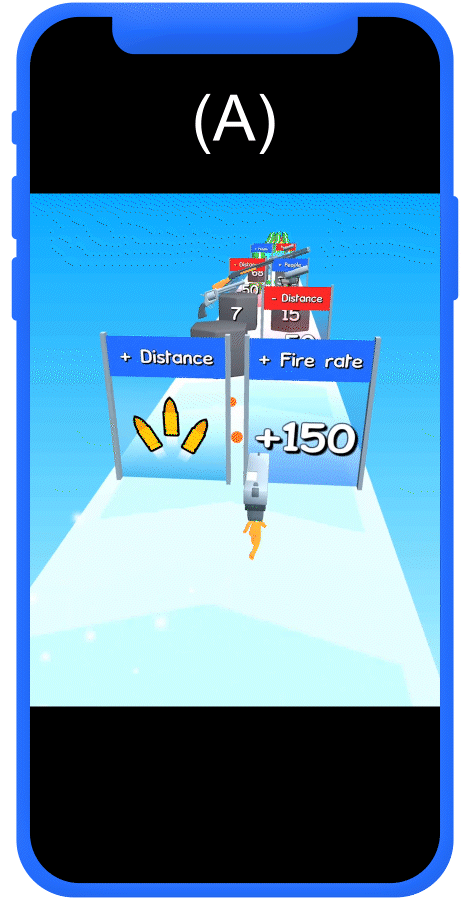

Gun Head Run is a game where players run forward, collecting weapons and flags to progress further. The advertisements for the game can be divided into two types. The first type of ad (A) shows the character collecting all the items while defeating all obstacles and running forward. This gameplay gives viewers a sense of achievement and growth. In contrast, the second type of ad (B) intentionally avoids picking up items and runs towards random places, leading to failure.
Surprisingly, the (B) ad, which showed a frustrating and unsatisfying gameplay, had a significantly lower CPI than the (A) ad. In runner game advertisements, presenting moments of failure and disappointment tend to attract more installations because it ignites the users' desire to challenge themselves.
Save the Grandmother
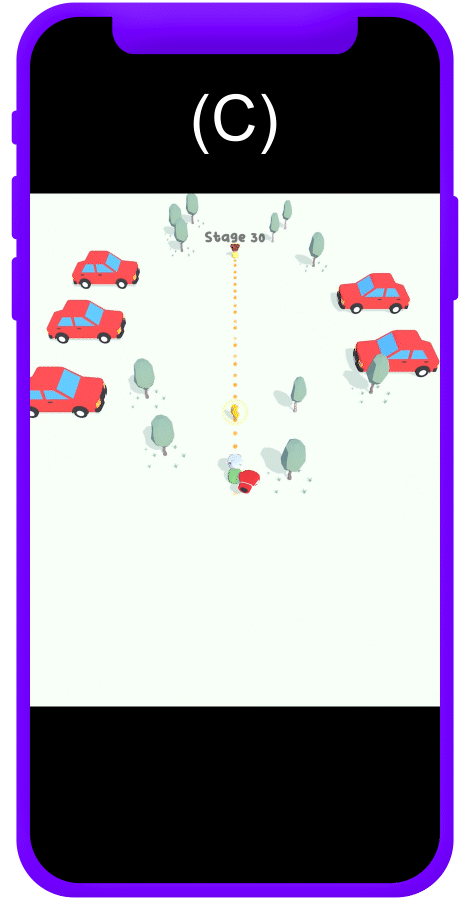
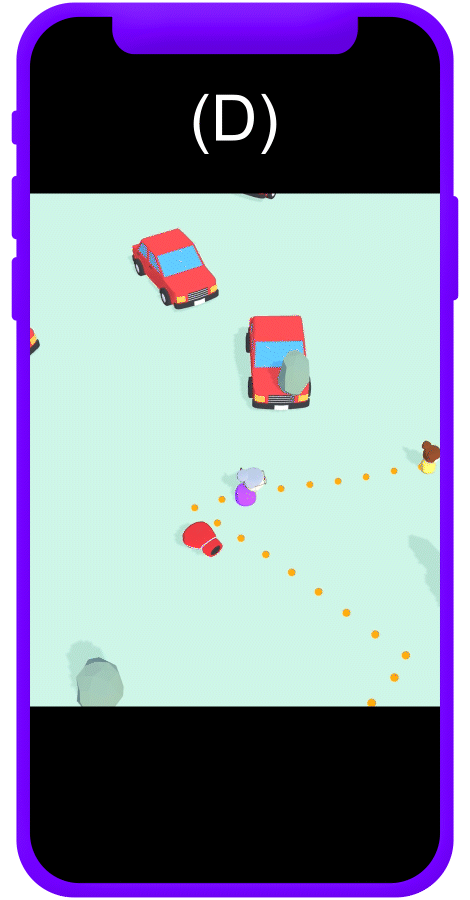
Save the Grandmother is a game where players protect a grandmother from oncoming cars by swiping to move her out of harm's way. Among various types of advertisements for this game, the most successful one was a video that showed the player almost saving the grandmother but failing by a second. Interestingly, the video that showed failure (D) had an approximately 55% decrease in CPI compared to the one where the grandmother was perfectly protected (C) in many tests.
Wanted Fish
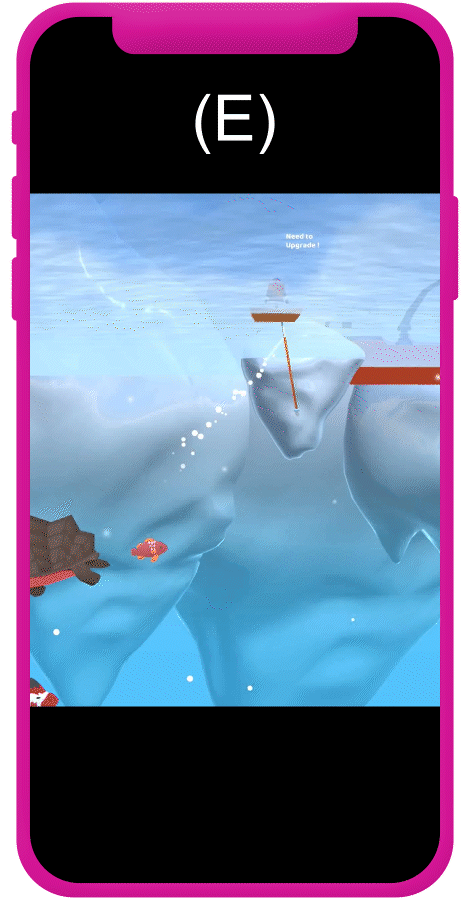
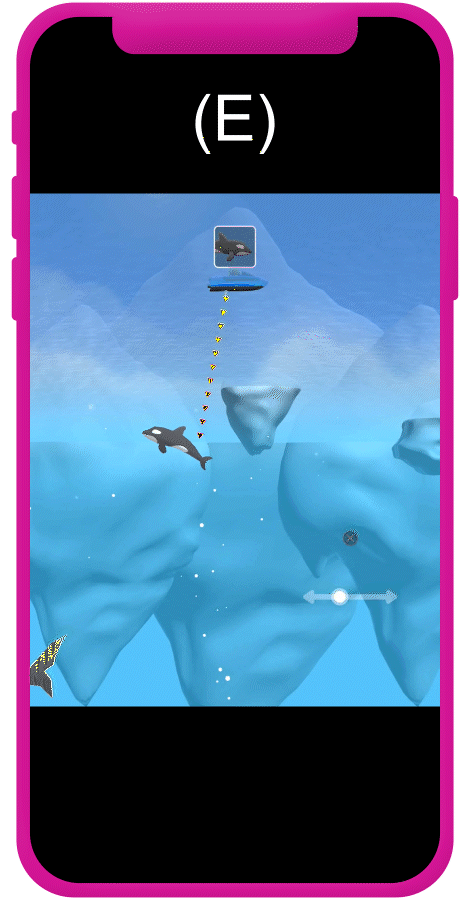
Finally, Wanted Fish is a game where players catch fish by dragging to aim and shoot. Despite creating various types of advertisements for the game, two videos stood out with contrasting performance. The first video (E) shows an immediate success in catching fish with the harpoon. While it provides a sense of achievement, the immersion and anticipation for the hunting experience are short-lived. On the other hand, the second video (F) builds up excitement and tension by aiming for a long time, giving the impression that the catch will be successful, but eventually ends in failure, leaving viewers feeling unsatisfied. This had seemed to create motivation for installation, and as a result, the (F) video achieved a 60% decrease in CPI compared to the (E) video.
In summary, analyzing the three games mentioned above, deliberately not using a good weapon, failing to save the grandmother, and continuously missing fish during the gameplay used to be crucial elements that determined the success of the advertisement videos in numerous cases. In hyper-casual game advertisements, showing moments of failure can often stimulate users' feelings of disappointment, desire to participate, and the urge to take on challenges, leading to better performance.
Publish with MondayOFF
Make your next big hit with flexible KPIs!
Submit Your Game






